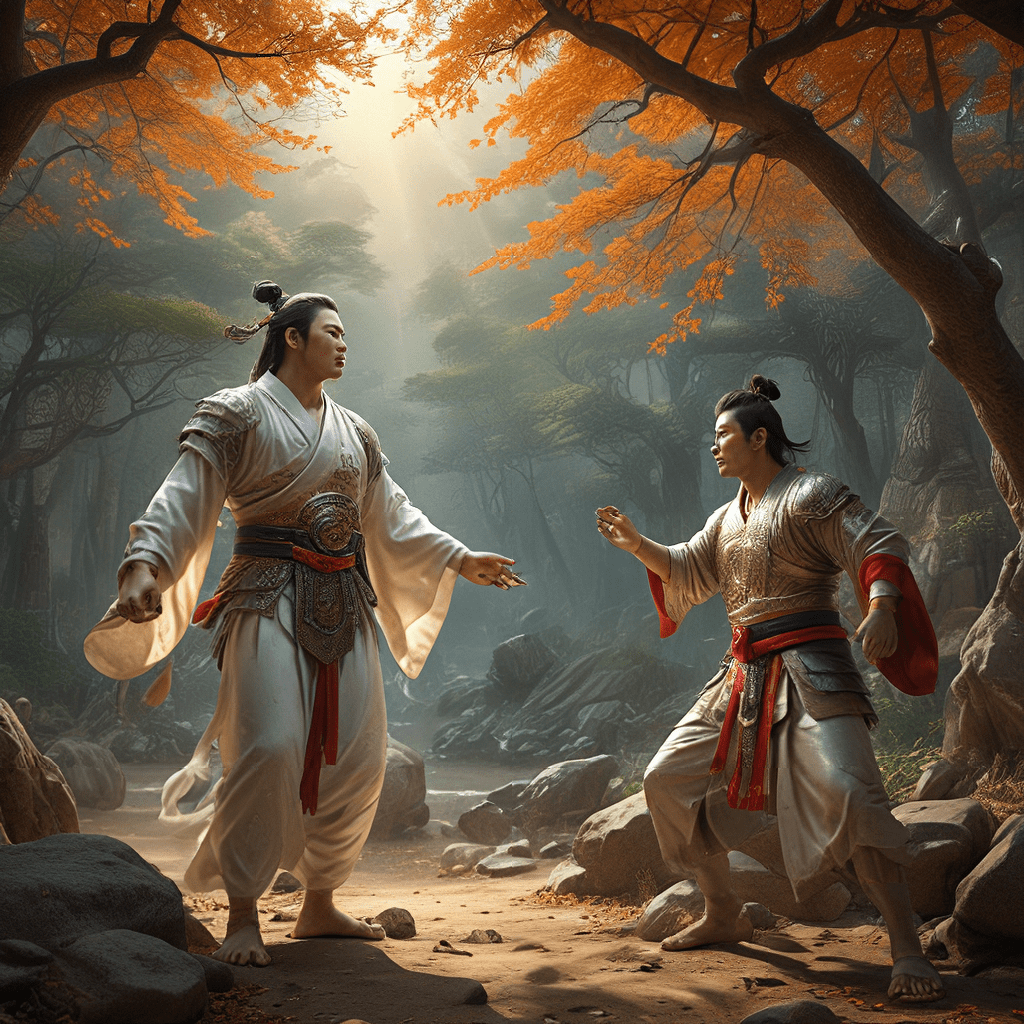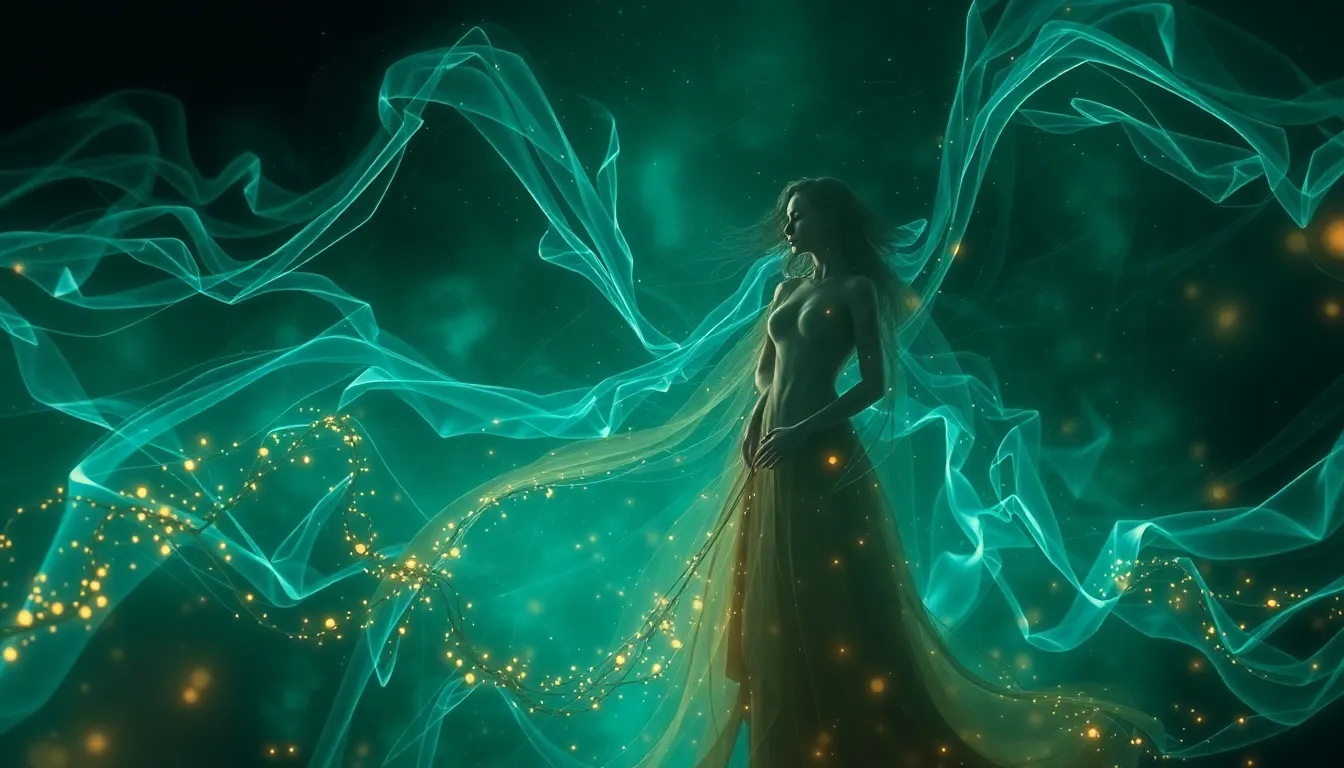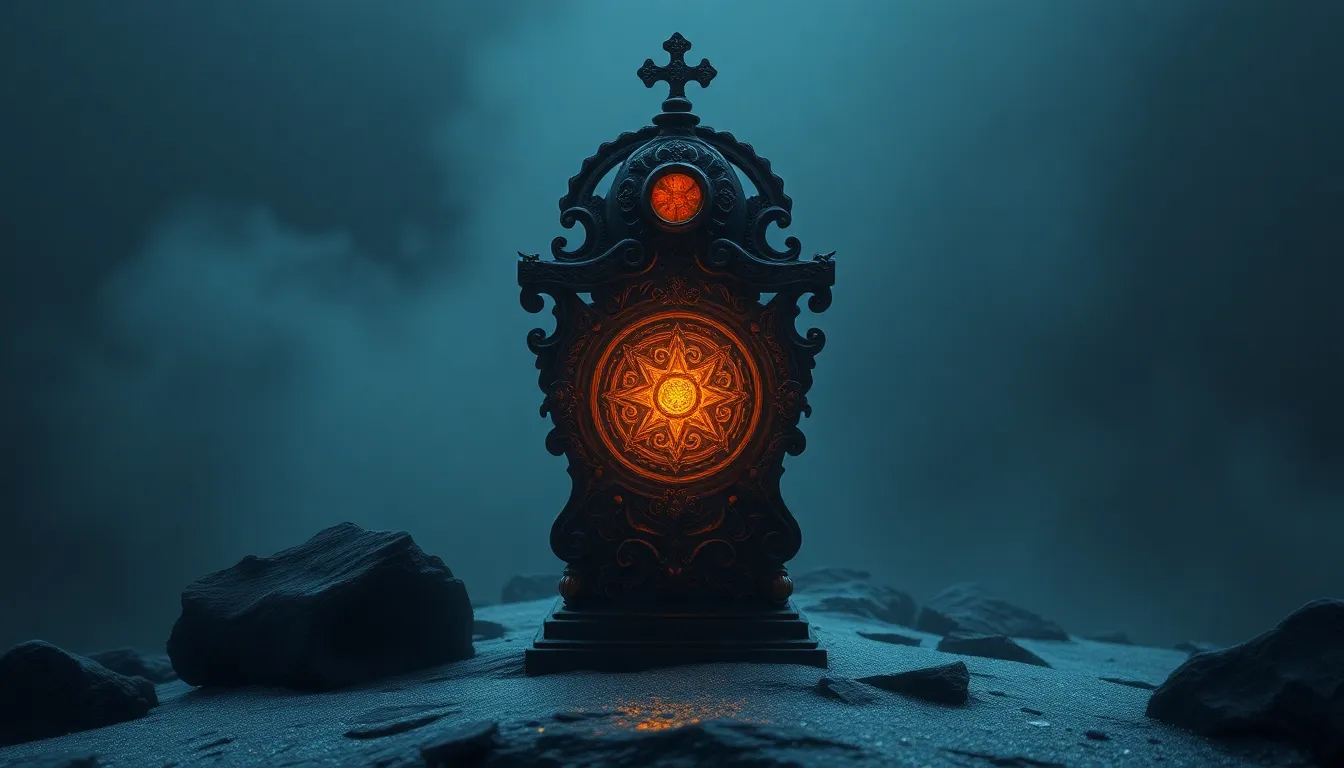Korean Mythology: The Myth of the Creation of Humans
Korean mythology, like many cultures around the world, has a rich and fascinating story about the origins of humanity. The Korean creation myth, a story passed down through generations, offers a unique and captivating perspective on how humans came to be. It's a tale interwoven with mythical creatures, divine beings, and the very essence of the Korean spirit.
The Role of the Divine Beings
Central to the Korean creation myth are the divine beings, who play a pivotal role in shaping the world and its inhabitants. These beings are not simply abstract deities, but rather active forces that interact with nature and humanity. The most prominent of these divine figures is Hwanung, the Sky God, who descends from the heavens to rule over the land. Hwanung's presence brings order and structure to the world, setting the stage for the creation of humans.
The Creation Process in Korean Mythology
The Korean creation myth doesn't involve a single act of creation, but rather a gradual process. The earth itself is said to have been birthed from the chaos of the universe, a primordial state where everything was in flux. It was in this chaotic realm that Hwanung, the Sky God, decided to establish his dominion on Earth. He chose Mount Taebaeksan, the highest peak in Korea, as his earthly throne.
The Significance of the Creation Myth
The Korean creation myth serves as more than just a story of origins; it's a powerful reflection of Korean values and beliefs. It emphasizes the importance of harmony between Heaven and Earth, a central theme in Korean culture. The myth highlights the power of divine beings and their role in shaping humanity's destiny.
The Dragon’s Connection to Humans
Within the Korean creation myth, the dragon plays a unique and significant role. Dragons are not seen as purely monstrous creatures, but rather as powerful beings with a close connection to humans. They are often associated with water, rain, and fertility, reflecting their role in sustaining life. In some versions of the creation myth, a dragon is said to have aided in the creation of the first humans, symbolizing the interconnectedness of humans and nature.
The Role of the Sky God Hwanung
The central figure in the Korean creation myth is the Sky God Hwanung, who plays a vital role in establishing order and creating humans. Hwanung, a son of the Heavenly Emperor, descended from the heavens to Mount Taebaeksan, the highest peak in Korea, to rule over the land. It was here that Hwanung established his dominion and set up his earthly kingdom, known as "Shinsi," meaning "God's Kingdom."
Hwanung's arrival marked a significant moment in Korean mythology. He brought with him the laws of civilization and the knowledge of agriculture, introducing order and structure to the previously chaotic world. He was seen as a bringer of light, knowledge, and civilization. With Hwanung's arrival, the stage was set for the creation of humanity.
The First Humans: Dangun and His Descendants
The Korean creation myth narrates the story of Dangun, the first human, and his descendants, who are believed to be the forefathers of the Korean people. According to the myth, Hwanung, the Sky God, sent one of his ministers to earth to oversee the creation of humans.
The minister, named Ungnyeo, established himself in a place called Asadal, located near present-day Pyongyang. Here, he encountered a bear and a tiger, both creatures longing to become human. Ungnyeo gave them a bundle of garlic and a sprig of mugwort and told them to eat only these for 100 days and remain in a cave, avoiding sunlight. The bear, unable to endure the challenge, left the cave, but the tiger persevered. After 100 days, the tiger emerged from the cave, still an animal, but the bear transformed into a beautiful woman named Ungnyeo, who later became the wife of Hwanung's minister.
Their union resulted in the birth of Dangun, the legendary founder of Gojoseon, the first Korean kingdom. Dangun is believed to have reigned for over 1,500 years, leaving behind a legacy of civilization and cultural development. His descendants, through the generations, are said to be the ancestors of the Korean people.
The Myth of the First Human Couple
While the myth of Dangun focuses on the origin of the Korean people, another important aspect of Korean creation mythology centers around the first human couple. In this version of the myth, the first humans were created from the clay of the earth by the Sky God, Hwanung. This account emphasizes the connection between humans and the natural world, signifying the earth as the source of life.
These first humans, a man and a woman, were blessed with the ability to cultivate the land and build a civilization. With their arrival, they brought forth the potential for growth, prosperity, and the continuation of the human lineage. The myth of the first human couple reflects the belief that humans are inherently connected to nature and responsible for its care.
The Legend of the Origin of the Korean People
The Korean creation myth is not only a story of origins but also a foundational legend that defines the identity and lineage of the Korean people. The myth of Dangun, the first human, and his establishment of Gojoseon, the first Korean kingdom, serves as a symbolic origin story, uniting the Korean people through a shared ancestry and a common heritage.
The legend of Dangun is deeply embedded in Korean culture, inspiring a sense of national pride and unity. His story reinforces the idea of a distinct Korean lineage and a unique cultural identity, solidifying the Korean people's place in history. The myth's significance is evident in various aspects of Korean culture, from traditional literature and art to the establishment of the Dangun Memorial Day, a national holiday celebrating the founding of Gojoseon.
Theories on the Origins of the Korean Creation Myth
The Korean creation myth, like many creation myths around the world, has been subject to various interpretations and theories. Some scholars believe that the myth is based on ancient Korean beliefs about the origin of the world and the ancestors of the Korean people. They suggest that the details of the myth were shaped by the cultural and religious beliefs of the era it originated in.
Others propose that the Korean creation myth was influenced by the myths and legends of neighboring cultures, such as China and Japan. They point to similarities in themes and storylines, suggesting that the Korean creation myth might have evolved through cultural interaction. Regardless of its origins, the Korean creation myth continues to be a source of fascination and inspiration, offering a glimpse into the cultural worldview and beliefs of the Korean people.
FAQ
Q: What is the most important part of the Korean creation myth?
A: The most important part of the Korean creation myth is the story of Dangun, the first human, and his founding of Gojoseon, the first Korean kingdom. This story is central to the Korean national identity and is celebrated in the Dangun Memorial Day.
Q: What role do the gods play in the Korean creation myth?
A: The gods, particularly the Sky God Hwanung, play a vital role in shaping the world and creating humans. Hwanung's descent from the heavens brings order and structure to the chaotic world.
Q: Is the Korean creation myth similar to other creation myths?
**A: **While the Korean creation myth shares some similarities with creation myths from other cultures, it also has unique features that reflect Korean culture and beliefs. For example, the story of Dangun is unique to Korean mythology.
Q: How does the Korean creation myth relate to Korean history and culture?
**A: **The Korean creation myth is deeply ingrained in Korean culture and serves as a foundation for Korean national identity. It helps explain the origin of the Korean people, their beliefs, and their place in the world.



